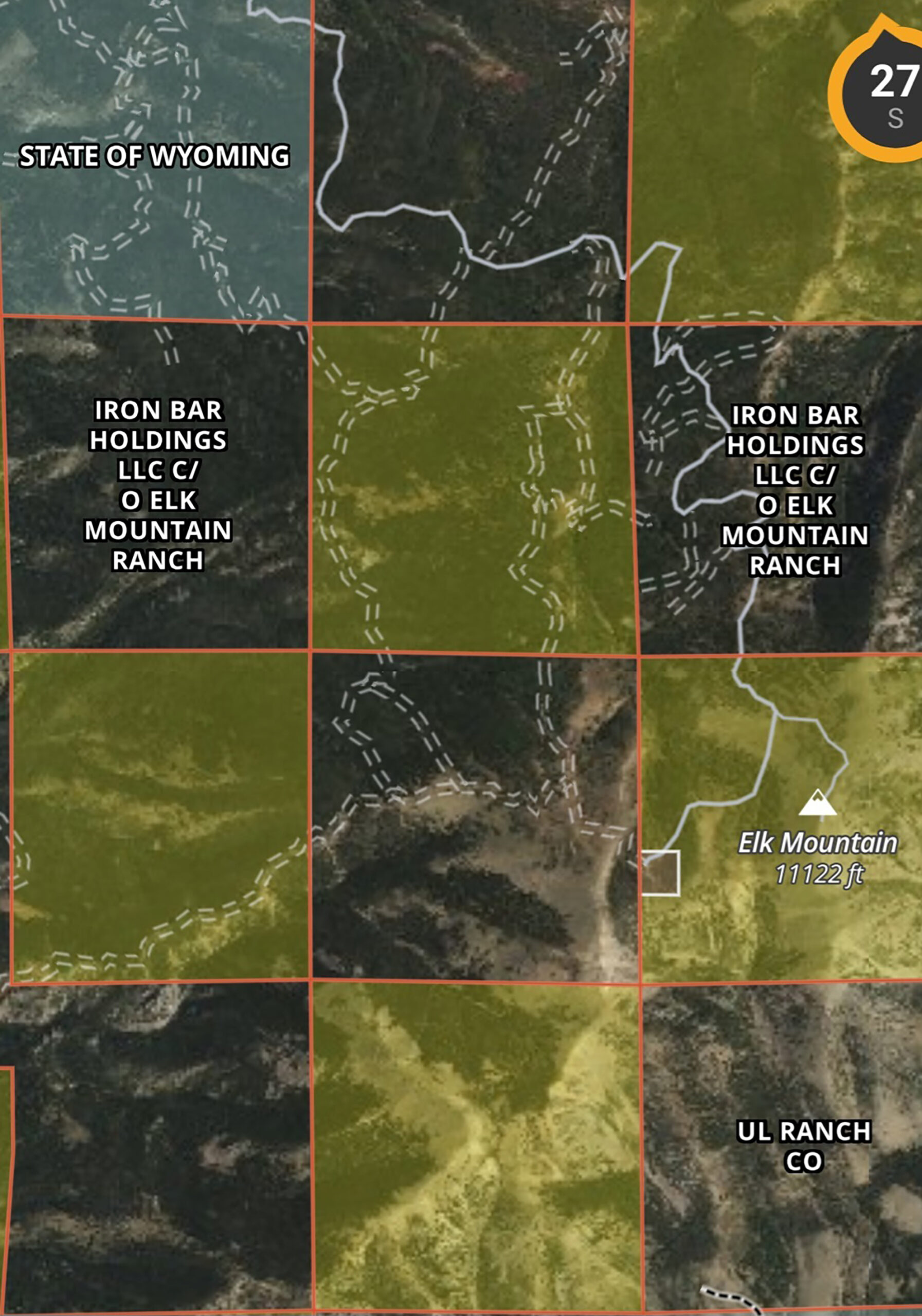Politics
Supreme Court Declines to Hear Corner Crossing Case, Impacts Land Access

The U.S. Supreme Court has chosen not to hear an appeal regarding the legality of “corner crossing,” a practice employed by hunters to access landlocked federal property. This decision, announced on Monday, means that corner crossing remains legal in the 10th Circuit but continues to be a matter of uncertainty in other regions, including the 9th Circuit, which covers states such as Idaho.
Advocates for public land access had hoped the Supreme Court would clarify the legality of corner crossing nationwide. The case in question, Iron Bar Holdings LLC vs. Bradley H. Cape et al, was one of many rejected by the Supreme Court as it prepares for its upcoming session.
Bradley H. Cape, one of the hunters involved, expressed satisfaction with the decision but also conveyed a desire for the Supreme Court to ultimately resolve the issue. “We never thought one time that we were doing something wrong,” he stated in an interview with the nonprofit news organization WyoFile.
The legal debate over corner crossing centers on its definition. This practice involves stepping from one corner of a public land parcel to another when private land parcels are interspersed in a checkerboard pattern. In 2020 and 2021, hunters from Missouri used this method to reach a secluded section of public property managed by the U.S. Bureau of Land Management, which is surrounded by the private Iron Bar Ranch in Wyoming. While they did not physically step on the private land, they traversed the airspace above it.
The ranch’s owners sought criminal trespass charges against the hunters, but these were dismissed. Subsequently, the ranchers initiated a civil suit, alleging that the hunters had diminished the value of their property by $9 million. However, a district court rejected this claim in 2023, a decision later upheld by the 10th Circuit Court of Appeals in March.
The ranch owners subsequently appealed to the Supreme Court, hoping for a definitive ruling on the legality of corner crossing. The implications of this case are significant, as there are more than 8 million acres of federal land across the West that are surrounded by private land. This situation results from historical policies dating back to the mid-1800s, during which the federal government granted large tracts of land to railroad companies to promote rail line construction.
As the legal landscape surrounding corner crossing remains fluid, the absence of a Supreme Court ruling leaves many questions unanswered for both hunters and land access advocates. The implications of this decision are likely to resonate in ongoing discussions about public land use and access rights in the United States.
-

 Business1 week ago
Business1 week agoIconic Sand Dollar Social Club Listed for $3 Million in Folly Beach
-

 Politics1 week ago
Politics1 week agoAfghan Refugee Detained by ICE After Asylum Hearing in New York
-

 Health1 week ago
Health1 week agoPeptilogics Secures $78 Million to Combat Prosthetic Joint Infections
-

 Science1 week ago
Science1 week agoResearchers Achieve Fastest Genome Sequencing in Under Four Hours
-

 Lifestyle1 week ago
Lifestyle1 week agoJump for Good: San Clemente Pier Fundraiser Allows Legal Leaps
-

 Health1 week ago
Health1 week agoResearcher Uncovers Zika Virus Pathway to Placenta Using Nanotubes
-

 World1 week ago
World1 week agoUS Passport Ranks Drop Out of Top 10 for First Time Ever
-

 Business1 week ago
Business1 week agoSan Jose High-Rise Faces Foreclosure Over $182.5 Million Loan
-

 Science1 week ago
Science1 week agoMars Observed: Detailed Imaging Reveals Dust Avalanche Dynamics
-

 Entertainment1 week ago
Entertainment1 week agoJennifer Lopez Addresses A-Rod Split in Candid Interview
-

 Top Stories7 days ago
Top Stories7 days agoChicago Symphony Orchestra Dazzles with Berlioz Under Mäkelä
-

 World1 week ago
World1 week agoRegional Pilots’ Salaries Surge to Six Figures in 2025









